Your location:Home >Automotive News >
Time:2022-06-09 11:00:25Source:
A few days ago, Huawei's 1,000-person R&D team was stationed in Chongqing, and deeply participated in the development of intelligent driving, intelligent cockpit, and application systems of Changan Avita products, which attracted the attention of the industry.In building the Avita brand, Huawei will provide full-stack intelligent driving solutions."Just like cooking, the merchant has prepared the dishes and condiments, and you are only responsible for frying," some industry insiders use this analogy.
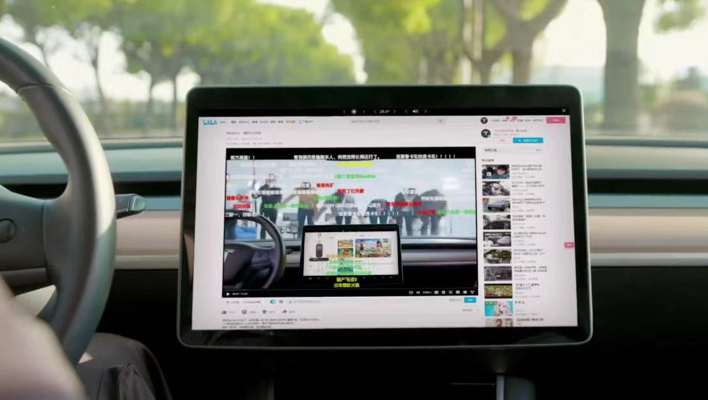
The in-depth cooperation between Huawei and Changan is becoming the norm in the automotive circle.The era of "software-defined cars" is coming, and autonomous driving technology is undoubtedly at the center.The development of autonomous driving technology is inseparable from data, and it can even be said that data determines success or failure.Although traditional car companies have a large amount of driving data, their ability to effectively utilize and integrate intelligent technology is relatively weak at this stage.Cooperating with enterprises such as Huawei can fill in the shortcomings in the field of intelligent driving software technology in a short time.
But forging iron still needs to be hard on its own. In the long run, traditional car companies still need to develop their own intelligent driving solutions. Only by mastering the core technology can they be invincible in the future car competition.Otherwise, car companies are likely to be reduced to "marionettes" for intelligent driving solution providers.
Who is ahead and who is behind?
When talking about the future development of the automotive industry, Weilai co-founder Qin Lihong once said, "The winner of the competition lies in intelligence, and the core of intelligence lies in autonomous driving."Internet car companies represented by Tesla and NIO have achieved "overtaking on curves" in the new energy vehiclemarket in just a few years. The key is to seize the development opportunities of intelligence and electrification.Intelligence has become the biggest label that separates the new forces of car manufacturing from traditional car companies, and it is also the foundation of their existence.
At this stage, there are two main technical routes for autonomous driving, one is a camera-based pure visual perception solution; the other is a multi-technical solution based on camera and sensor fusion.The former has extremely high requirements on data and algorithms, and currently only a few companies such as Tesla use this technology; the latter adopts the technical route of "camera + lidar/millimeter wave radar" and is becoming the mainstream.
In April 2019, Tesla released the third-generation intelligent driving system, Autopilot, which uses self-developed FSD chips. The FSD Beta version was launched the following year, and the V11 version update will be completed this year.Although Tesla has abandoned technologies such as lidar, but in the "HydraNet" multi-head network infrastructure, huge data (million users), super computing power (self-developed world's strongest supercomputer - Dojo) and other help , its autonomous driving technology is in a leading position.This year, Tesla continued to strengthen its self-developed advantages in chips (applying HW4.0 chips and releasing D1 chips), sensors and algorithms.
And "Wei Xiaoli" chose the multi-integrated technology route.Among them, Xiaopeng is building its own intelligent driving solution, the XPOLIT system, which will be iterated to version 3.5 in the second half of this year.
Statement: the article only represents the views of the original author and does not represent the position of this website; If there is infringement or violation, you can directly feed back to this website, and we will modify or delete it.
Preferredproduct
Picture and textrecommendation
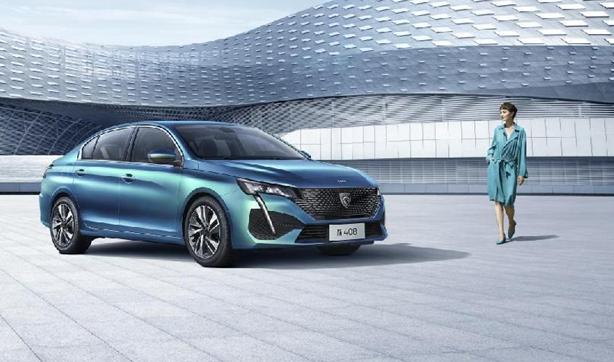
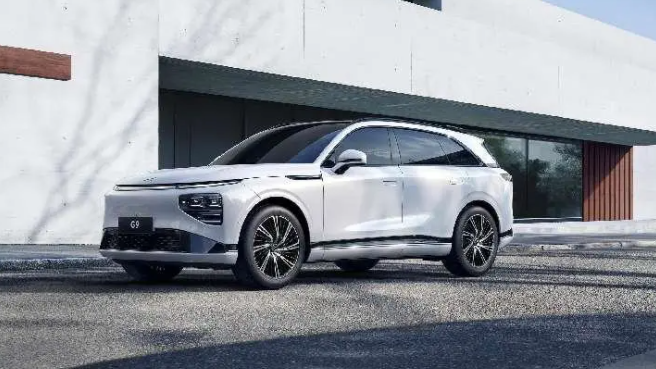
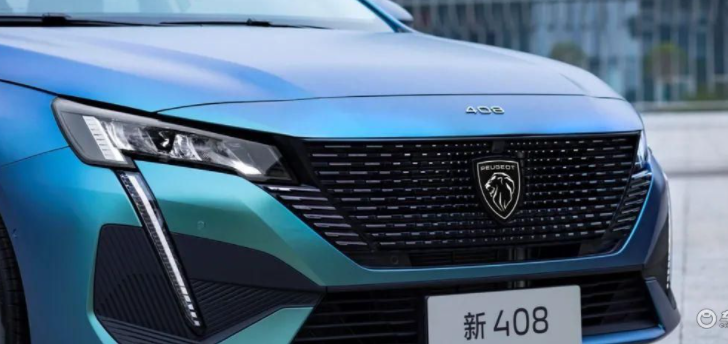
2022-06-09 11:32:20
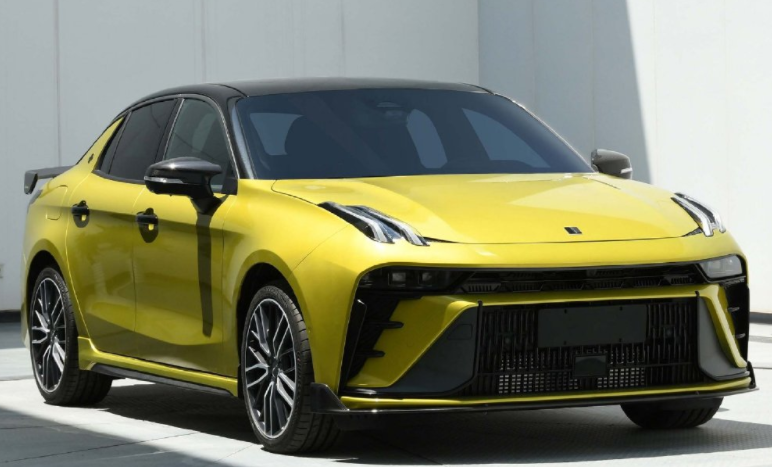

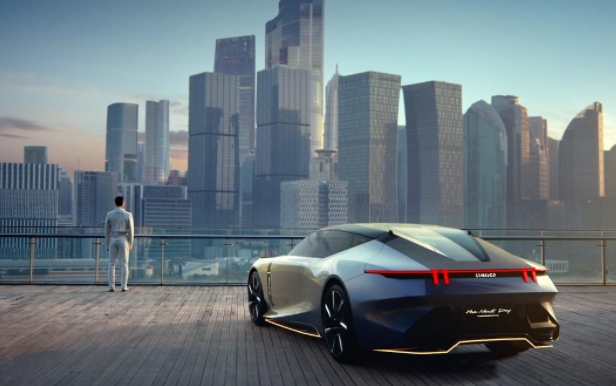
2022-06-09 11:30:16
Hot spotsranking
Wonderfularticles

2022-06-09 11:29:41
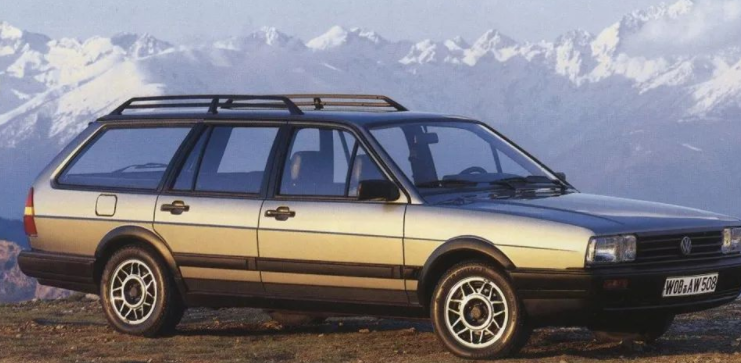
2022-06-09 11:25:08
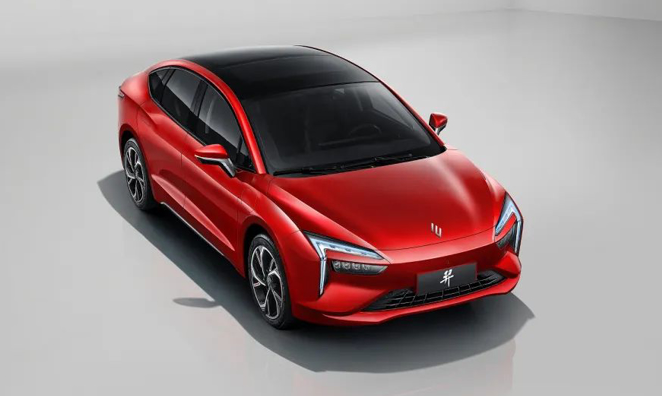
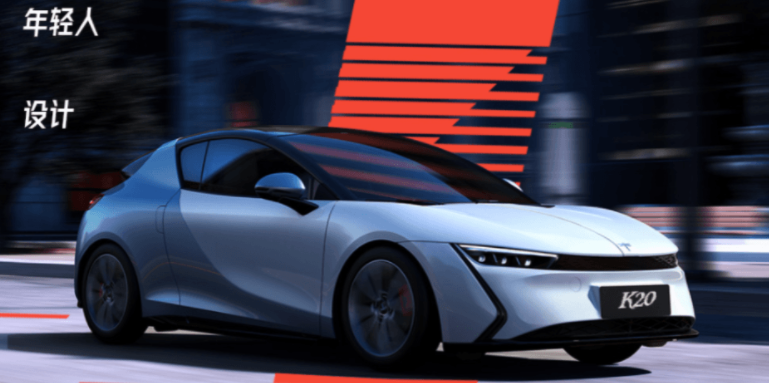
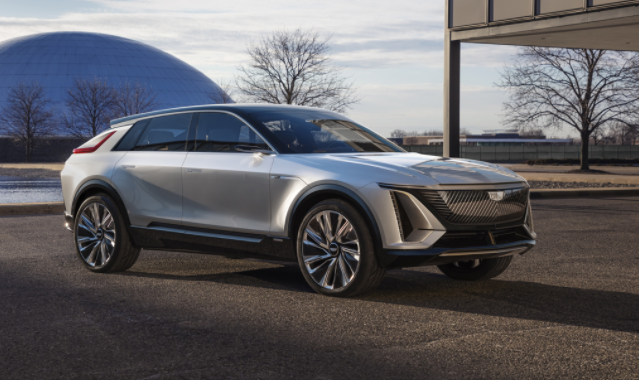
2022-06-09 11:22:08
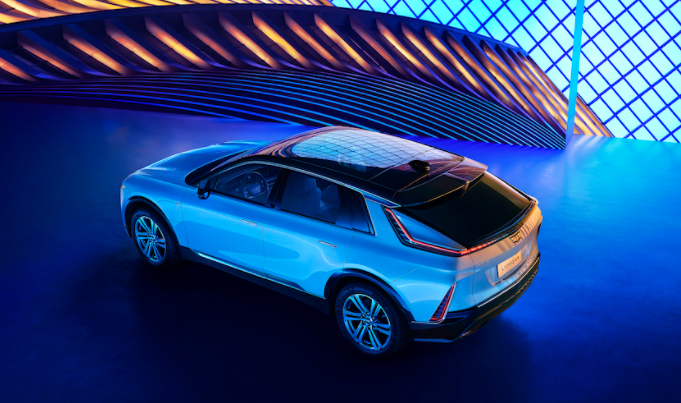
Popularrecommendations
